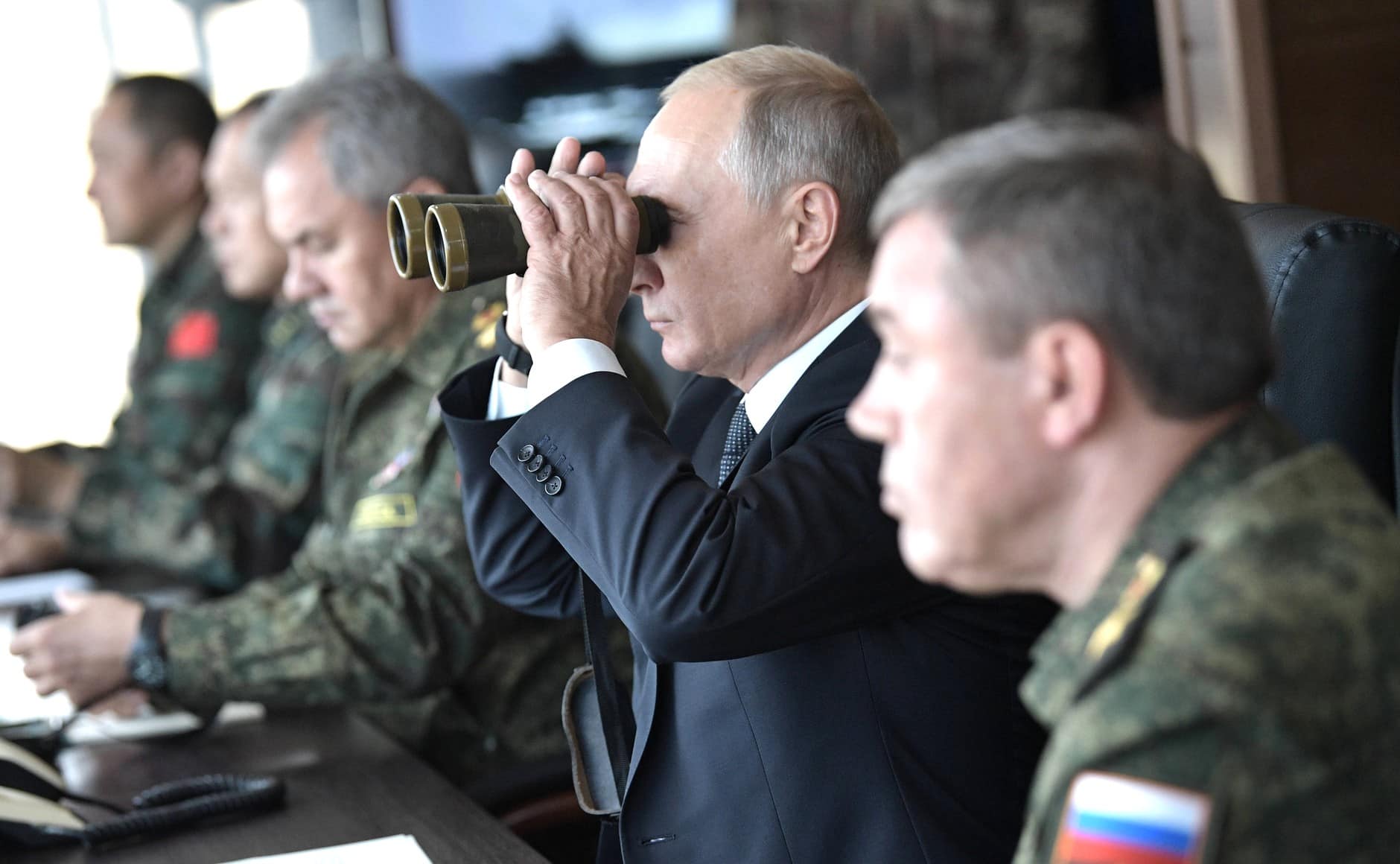Putin Quietly Makes a Menacing Move

Russian President Vladimir Putin first took power in 2000. He succeeded Boris Yeltsin in Russia’s first peaceful transition of power from one democratically elected leader to the next — ever. It was a historic moment for Russia.
Putin, however, had decidedly undemocratic ambitions. He was restricted by the Russian Constitution to two terms in power at the most — that is, two elected four-year terms, if chosen by voters. This meant that Putin’s run would have ended in 2008. Quite the contrary, Putin ever since has done everything from unilaterally reconfiguring the Russian Constitution to manipulating elections to bully, coerce, and at times kill dissenters. With his many dark maneuvers, Putin has crafted for himself a hold on power that now extends to the year 2036, assuming he lives that long. If he does live that long, he’ll find a way to seize more power for yet more years to come.
As Putin extends and consolidates power, he also becomes increasingly aggressive internally and externally, toward both domestic opposition and toward bordering countries that stand in the way of his ambitions. Chief among his ambitions is to act on his April 2005 expressed view to the Duma that “the collapse of the Soviet Union was the greatest geopolitical catastrophe of the century.”
All of this, of course, explains Putin’s aggression toward Ukraine, a democratic country that in 1990–91 peacefully pulled itself out from under the jackboot of Soviet oppression. The Ukrainian people for decades suffered terrible persecution from the Russian bear next door. Putin, however, wants their suffering to continue, by measures and at levels never seen before in their long and bad experience with Moscow. As Putin escalates, and as his Russian army continues to be defeated on the battlefield, he grows more desperate. A cornered Putin is an especially dangerous Putin. The nuclear threat from Moscow is very real and very frightening. I’ve long feared that that’s where Putin is heading.
All of that is just some context to an alarming move made by Putin that is not getting the attention in the West that it should be. On Friday, he issued a decree titled “On the Coordination Council Under the Government of the Russian Federation to Meet the Needs of the Armed Forces of the Russian Federation, Other Troops, Military Formations and Bodies.” This formal “Decree No. 763,” issued by the president of the Russian Federation on Oct. 21, 2022, creates a new “Coordination Council” to further serve Putin’s power and purposes. The decree gives the president of Russia yet more personal state power as he ramps up to hit Ukraine even harder.
“Putin very quietly created this council, which represents the largest overhaul of the Russian government in the post-Soviet era and the most comprehensive centralization of power since Stalin,” I was told by a source who asked not to be identified. “It hasn’t really hit the Western media yet, but this is a big deal.” The source, a student of Russian history who has been to the Kremlin as well as the White House, and has met Putin, makes a chilling comparison.
“The parallel here is, of course, the GKO,” he said. “The nearer parallel is the COVID-19 response committee Putin set up, but this is much more like Stalin’s GKO than the COVID committee — and has a lot more power.”
The analogy to Stalin’s GKO is a menacing one that gets to the heart of why the West needs to pay attention to this latest move by Putin.
The Soviet GKO, or State Defense Committee, was established by Joseph Stalin, with himself as chair, in 1941 in preparation for all-out war with the Nazis. Stalin established the GKO right after the Nazis on June 22, 1941, invaded the USSR in direct violation of the Hitler-Stalin Non-Aggression Pact. Stalin announced on June 30, 1941, that this organization would be invested with (in his words) “all the power and authority of the state.” In a country already run as a dictatorship, the GKO gave further dictatorial power to Stalin at a time of war. His appointed henchmen on the committee included power players and thugs Lavrentiy Beria, Kliment Voroshilov, Vyacheslav Molotov, and Georgy Malenkov, among others.
Bear in mind the GKO’s primary purpose: to enact immediate orders throughout the USSR during a time of war. This was akin to a similar move by Lenin and Trotsky during the Russian Civil War of 1918–21.
To the extent that Vladimir Putin wants and needs further centralization of his already highly centralized control over a nation at war, this new Coordination Council seems to be such a step. The council would serve as an inner circle among an already tightened inner circle.
Again, this has not made news in the West yet, though respected journalists and Russia insiders Maxim Tovkaylo and Farida Rustamova have written a very informed analysis of Putin’s action (the translation is a bit rough):
On Friday evening, under the cover of darkness in Russia, unpopular decisions are often made and unpleasant documents are published. Yesterday, Putin approved the composition and powers of a new body of power, the Coordinating Council under the government for the supply of the army. The first meeting will be held early next week.
The Kremlin is moving from market principles of economic management to the state plan. This is clearly seen in the powers that Putin has given to the council, and in the wording in the decree. This new body will essentially replace the Russian government and will gradually transfer life in the country to a military track.
[The] council will be created and headed by Prime Minister Mikhail Mishustin, Putin announced in his speech about the introduction of “partial” martial law in Russia. In addition to Mishustin, 18 more high-ranking officials will sit on the council: the heads of the Ministry of Defense, the FSB, the SVR, Rosgvardia, the Ministry of Internal Affairs, the Ministry of Emergency Situations, six deputy prime ministers, the mayor of Moscow Sobyanin and others (most of the council are civilian officials).
The key task of the council is to coordinate all state authorities and solve all issues related to the supply of the army. These are the supply of weapons, military equipment, uniforms, transport, fuel, food, medicines, etc. That is, the new council will have to arm, feed, clothe and treat Russians who are at war with Ukraine. The decisions of the council will be binding not only for state, but also for municipal authorities. In addition, “other bodies and organizations” are obliged to obey them, which means that the directives of the council will be mandatory for business.
This move by Putin follows his recent action to forcibly conscript mass numbers of Russian young men into the military to fight Ukraine. As to how this relates to the COVID era, by which the Russian state, like so many governments worldwide, assumed extreme powers, Tovkaylo and Rustamova add:
We’ve already written that to solve the problems of supplying the army, Putin copies the scheme that he used during the Covid era — to transfer more responsibility to the government and the regions, and then menacingly ask the cameras about the work done. However, the coordinating council under the government to combat Covid was more of an advisory body, while Putin gave the army supply council much broader direct powers….
Also, the council will “assist” in the construction of barracks, training grounds, training bases, etc. and help the Ministry of Defense to digitize, including lists of military recruitment offices [emphasis original] and other data on citizens who can be mobilized for war.
Of course, the new body will have the widest possible powers to request information. He [Putin] will be able to request it from any state bodies and organizations, as well as invite any officials, law enforcers, employees of state-owned companies, business representatives and specialists to his meetings.
After eight months of war, the Kremlin is still officially conducting only a “special operation” in Ukraine, but with this decree it admits that the Ministry of Defense is not coping with it. Therefore, it is necessary to create a new structure headed by an entire prime minister, which will provide for all the needs of the army.
Here, Tovkaylo and Rustamova invoke Stalin’s GKO:
However, in addition to Covid, another historical parallel arises. Joseph Stalin during the Great Patriotic War also had a special body to rebuild the economy on a military track — the State Defense Committee (GKO). The decisions of the GKO were also mandatory for all authorities and enterprises. Stalin headed the GKO personally. Putin will be the shadow head of the new council — [Prime Minister Mikhail] Mishustin is obliged to report to him on the work of the council every week.
Prime Minister Mishustin is now the chief head of the war. His role in power (and his life) will now change dramatically. Since February, throughout the war, he has never spoken out loudly in support of it, nor is he one of those warmongers whose comments we see every day on television and in the news. For eight months, Mishustin distanced himself from the war as much as possible and pretended that he was not a politician and was simply doing his own — not directly related to the war — work.
Like Dmitry Medvedev, Mishustin, an economist who became prime minister in January 2020, will operate as Putin’s puppet. Mishustin will be the figurehead of the Coordination Council — Vlad’s lapdog. And all state decisions will be rolled into this super-council.
In sum, this is what transpired in Moscow at the end of the week, Oct. 21. If my source and the likes of Tovkaylo and Rustamova are correct in comparing Putin’s creation of this council at a moment of war to what Stalin did with his GKO at a moment of war in June 1941, then hold on to your seats. Putin’s latest move could be a dire harbinger of more militancy to come, fiercely and quickly. For those of us terribly pessimistic about Putin’s Russia and its Ukrainian venture, this suggests that things are about to get still worse.
Dr. Paul Kengor is a member of the Victim of Communism Memorial Foundation’s Academic Council. This article was originally published in The American Spectator.
Photo: Vostok-2018 military maneuvers by the Kremlin under Creative Commons Attribution 4.0.

